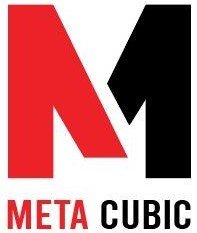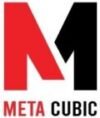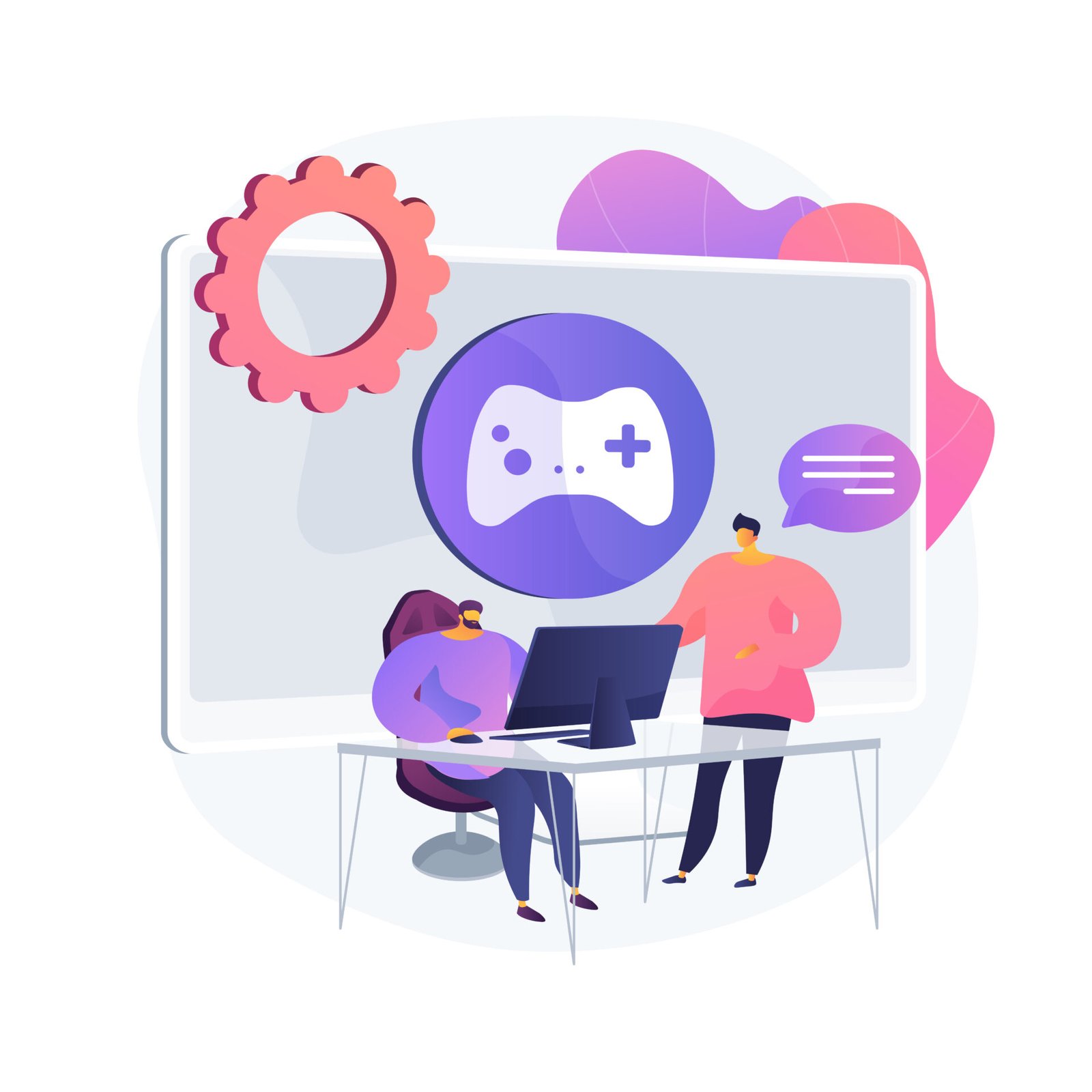Prototype Development vs Minimum Viable Product: What’s the Difference
When developing a new product, it’s crucial to have a clear understanding of the different stages and methodologies involved. Two commonly used approaches are prototype development and minimum viable product. While they both serve the purpose of validating ideas and concepts, they have distinct characteristics and applications.
What is Prototype Development?
Prototype development is an iterative process that involves creating a preliminary version of a product or a specific feature. It is an early representation of the final product that allows designers, developers, and stakeholders to test and validate various aspects of the concept. Prototypes can be physical or digital, depending on the nature of the product.
- Idea Validation: Prototypes help validate the feasibility and viability of a product idea.
- User Feedback: Prototypes allow gathering feedback from potential users or stakeholders early in the development cycle.
- Iterative Design: Prototypes enable iterations and refinements based on user feedback, leading to an improved product.
- Communication Tool: Prototypes visually represent the product idea, aiding effective communication and collaboration among stakeholders.
- Risk Reduction: Developing prototypes helps identify potential issues and mitigate risks in the product development process.
The Purpose of Prototype Development
The main purpose of prototype development is to gather feedback and identify potential improvements before investing significant resources in full-scale production. Prototypes allow designers to visualize the product, evaluate its functionality, and make necessary refinements based on user testing and feedback. This iterative approach helps minimize the risk of costly mistakes in the later stages of development.
Key Benefits of Prototype Development
Refinement of Design: Prototypes provide an opportunity to refine the product’s design based on user feedback and preferences. Early Identification of Issues: By testing a prototype, potential issues can be identified and addressed before moving forward with production. Effective Communication: Prototypes serve as a visual representation that facilitates communication between designers, developers, and stakeholders.
User-Centric Approach: User testing during the prototype stage ensures that the final product meets the needs and expectations of the target audience.

Types of Prototypes
There are several types of prototypes used in product development:
Low-Fidelity Prototypes: These prototypes are basic representations of the product, often created using paper or simple digital tools. They are used to gather initial feedback and validate key concepts. High-Fidelity Prototypes: These prototypes closely resemble the final product in terms of functionality and aesthetics. They are typically used to test specific features and interactions. Interactive Prototypes: Interactive prototypes allow users to interact with the product, providing a more realistic experience and uncovering usability issues. Functional Prototypes: Functional prototypes are fully functional versions of the product, although they may not have the final design or aesthetic elements.
- Idea Validation: Prototyping helps you validate the feasibility and viability of your product idea. By creating a prototype, you can assess whether your concept can be translated into a working product and whether it meets the intended objectives.
- User Feedback: Prototypes provide an opportunity to gather feedback from potential users or stakeholders early in the development cycle. This feedback is valuable in understanding user needs, preferences, and pain points, which can guide further iterations and improvements.
- Iterative Design: Prototypes allow you to iterate and refine your product design based on user feedback and testing. Through multiple iterations, you can identify and address design flaws, usability issues, and functionality gaps, leading to a better end product.
- Communication Tool: Prototypes serve as a visual and tangible representation of your product idea, making it easier to communicate and align stakeholders’ expectations. They help bridge the gap between technical teams, designers, and decision-makers, enabling effective collaboration and decision-making.
- Risk Reduction: Developing a prototype helps mitigate risks associated with product development. By identifying potential issues or challenges early on, you can make informed decisions about the project’s feasibility, technical requirements, resource allocation, and potential hurdles.
Conclusion
Prototype development and a minimum viable product are two distinct approaches in the product development process. Prototypes help refine and test specific features, while MVPs focus on delivering a basic version of the product to the market for validation. Both approaches play crucial roles in minimizing risks and ensuring that the final product meets user needs and expectations. Understanding the difference between prototype development and MVP allows product teams to make informed decisions and optimize their development strategies.






